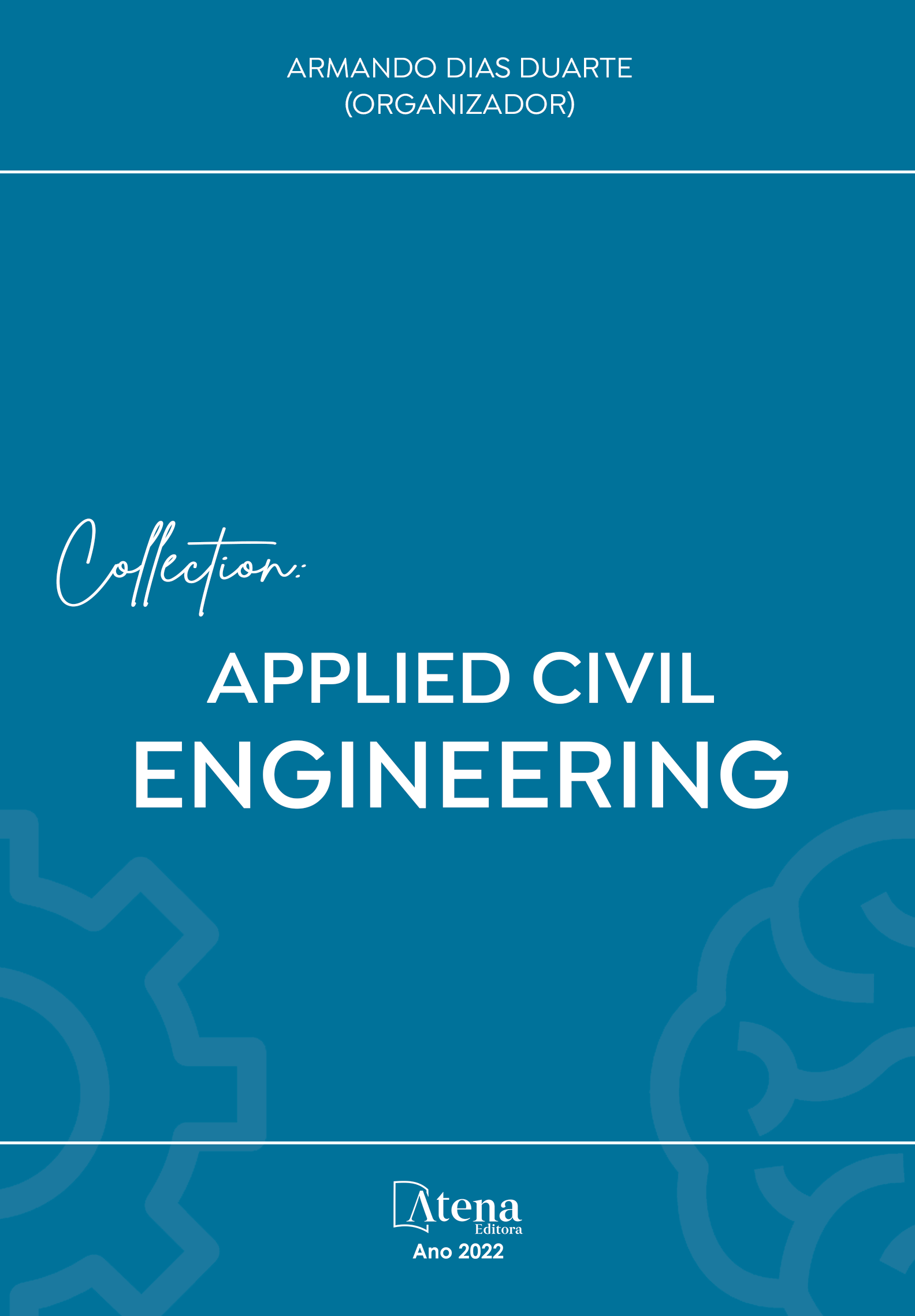
ESTUDO DA ATIVIDADE POZOLÂNICA DE RESÍDUOS AGROINDUSTRIAIS ATRAVÉS DE MEDIDAS DE pH E CONDUTIVIDADE ELÉTRICA EM SUSPENSÕES CAL:RESÍDUO
Estudos mostram que a indústria da construção civil se caracteriza como um dos maiores consumidores de recursos naturais e de energias não renováveis. Com o aumento populacional, espera-se que aumente, também, a demanda por estes recursos, fazendo com que a emissão de CO2 na atmosfera, consequentemente, sofra o mesmo destino. Assim como na construção civil, a agroindústria também é responsável pela geração de resíduos que, na maioria das vezes, são descartados erroneamente e inapropriadamente, causando prejuízos ecológicos. Dessa maneira, surge, então, a necessidade de buscar alternativas sustentáveis visando, ao menos, mitigar esses prejuízos. Uma dessas alternativas consiste na substituição do clínquer por materiais cimentícios suplementares. No caso de estes apresentarem características pozolânicas, os mesmos podem ser utilizados como adições ativas ao cimento Portland, uma vez que apresentam capacidade de reagir com o hidróxido de cálcio, CH, produzido durante a hidratação do cimento Portland. Nesse projeto, busca-se avaliar a eficácia de três resíduos agroindustriais (cinza da casca de banana, cinza da casca de soja e cinza da casca de café), caracterizando, então, a reatividade pozolânica de cada um destes. Para isto, serão realizadas medidas de pH e de condutividade elétrica de suspensões cal:pozolana.
ESTUDO DA ATIVIDADE POZOLÂNICA DE RESÍDUOS AGROINDUSTRIAIS ATRAVÉS DE MEDIDAS DE pH E CONDUTIVIDADE ELÉTRICA EM SUSPENSÕES CAL:RESÍDUO
-
DOI: 10.22533/at.ed.55422250111
-
Palavras-chave: Materiais Pozolânicos; Resíduos Agroindustriais; Materiais Cimentícios Suplementares.
-
Keywords: Pozzolanic Materials; Agro-industrial Waste; Supplementary Cementitious Materials.
-
Abstract:
Studies show that the construction industry is characterized as one of the largest consumers of natural resources and non-renewable energy. With the population increase, it is expected that the demand for these resources will also increase, causing the CO2 emission in the atmosphere, consequently, to suffer the same fate. As in civil construction, the agribusiness is also responsible for the generation of waste that, in most cases, is erroneously and inappropriately discarded, causing ecological damage. Thus, the need arises to seek sustainable alternatives, aiming at least to mitigate these losses. One of these alternatives is the replacement of clinker by supplementary cementitious materials. If they have pozzolanic characteristics, they can be used as active additions to Portland cement, since they have the ability to react with calcium hydroxide, CH, produced during the hydration of Portland cement. In this project, it seeks to evaluate the effectiveness of three agro-industrial residues (ash from banana peel, ash from soybean peel and ash from coffee peel), characterizing, then, the pozzolanic reactivity of each of these. For this, pH and electrical conductivity measurements of lime:pozzolan suspensions will be performed.
-
Número de páginas: 18
- Letícia Freitas Assis
- Gean Pereira da Silva Junior
- Alan Henrique Vicentini
- Mauro Mitsuuchi Tashima
- Lucas Gil Duarte


